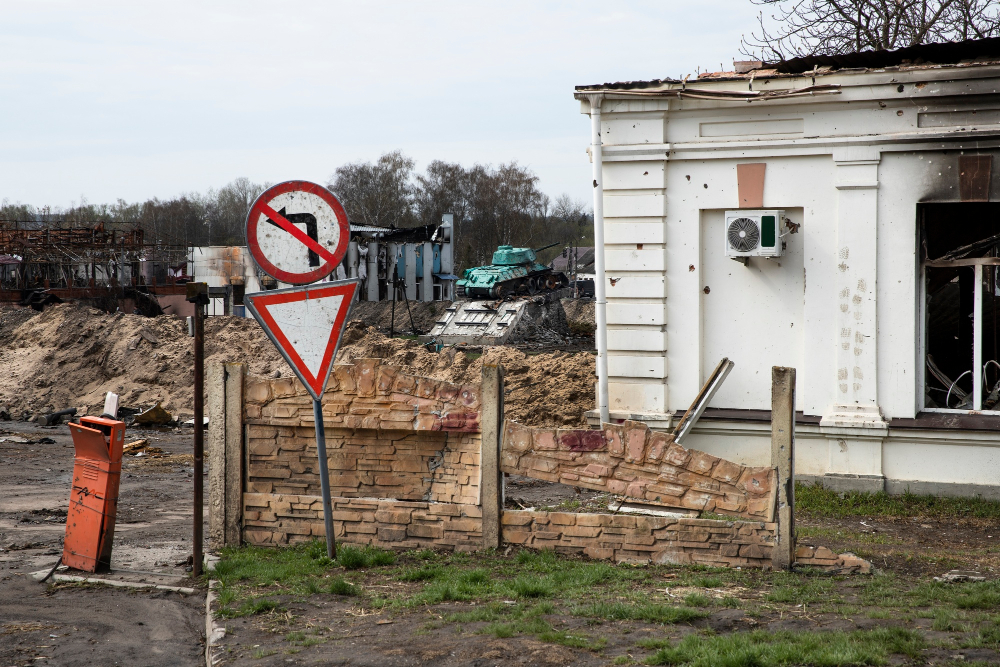Asbestos was once widely used in construction for its strength, insulation, and fire-resistant properties. However, it is now known to be highly dangerous when disturbed, releasing fibers that can cause serious respiratory diseases. Many older buildings still contain asbestos materials hidden in areas most homeowners or property managers would never suspect. Knowing where to look […]










